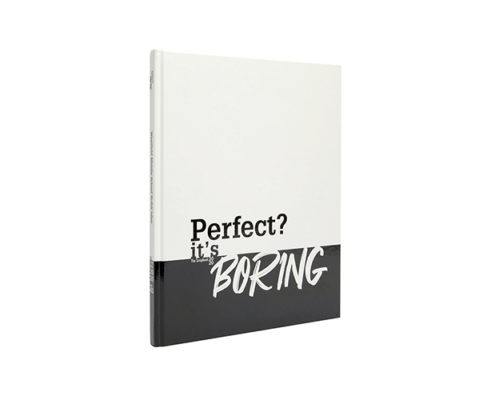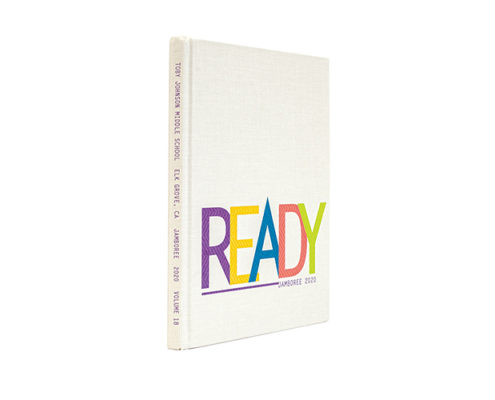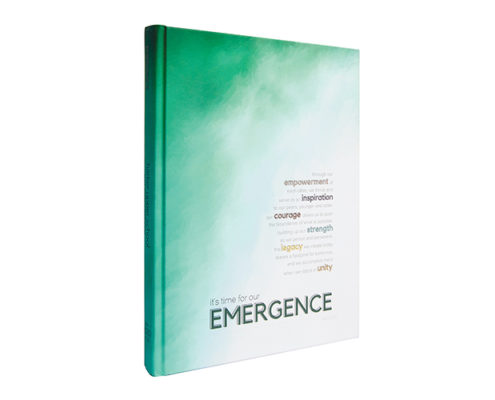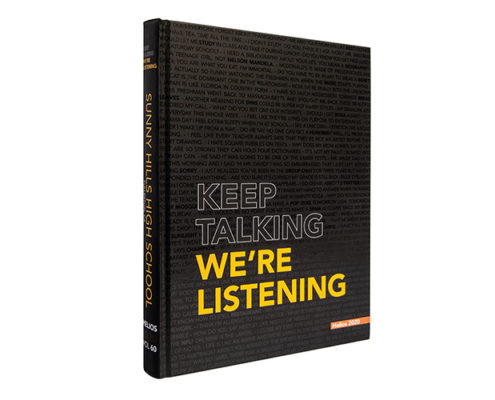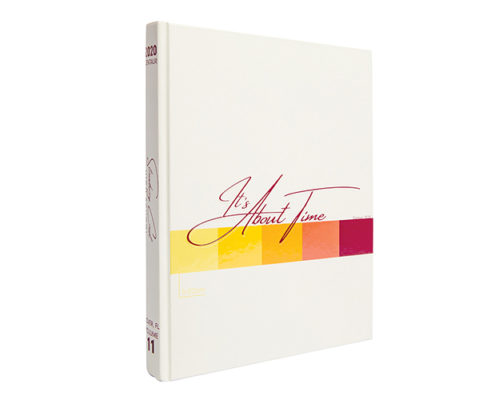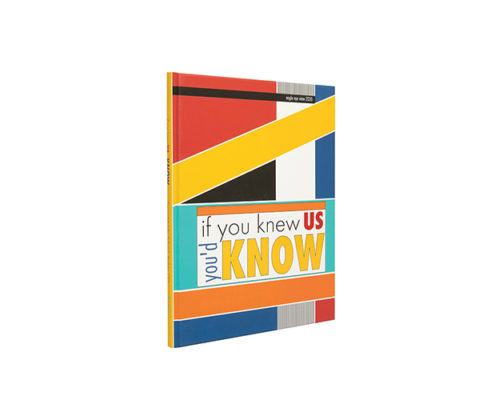Leadership and the Real World
Uniting the themes of recruiting new staffers and taking on challenges, here’s the second installment of EIC Live.
Meet the amazing Casey Medlin, who was a three-staff student journalist at Cape Fear Academy in Wilmington, N.C. You read that right — newspaper, lit mag and yearbook.
She’s a student at University of North Carolina at Chapel Hill and has some awesome things to say about how her former life as a student journalist gave her people skills and leadership experience that really does translate into her real-world career direction. She shares how she has applied her journalism skills in internships while attending college.
This one is a gem, not just for your current staffers but also for your future recruits.


